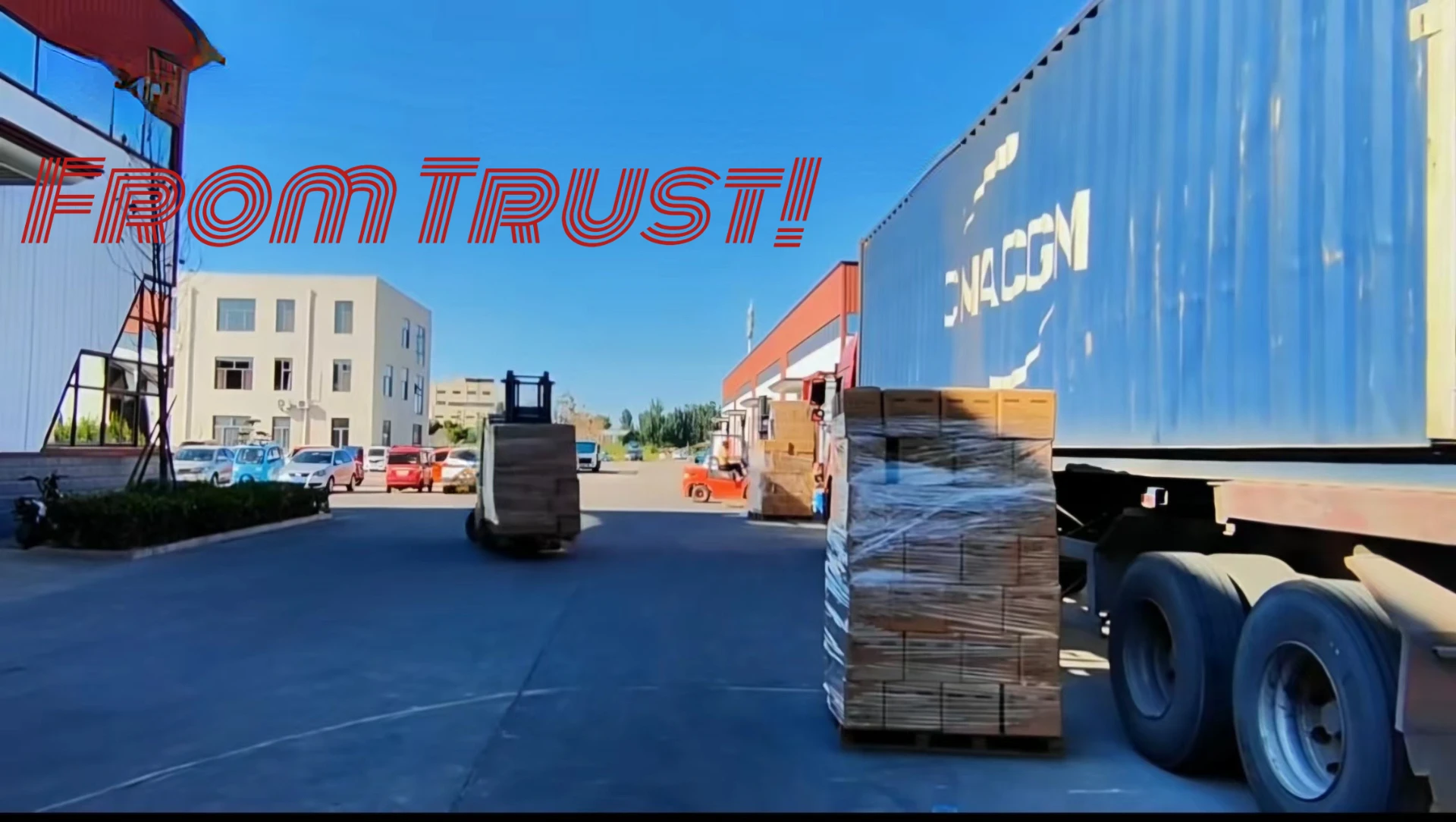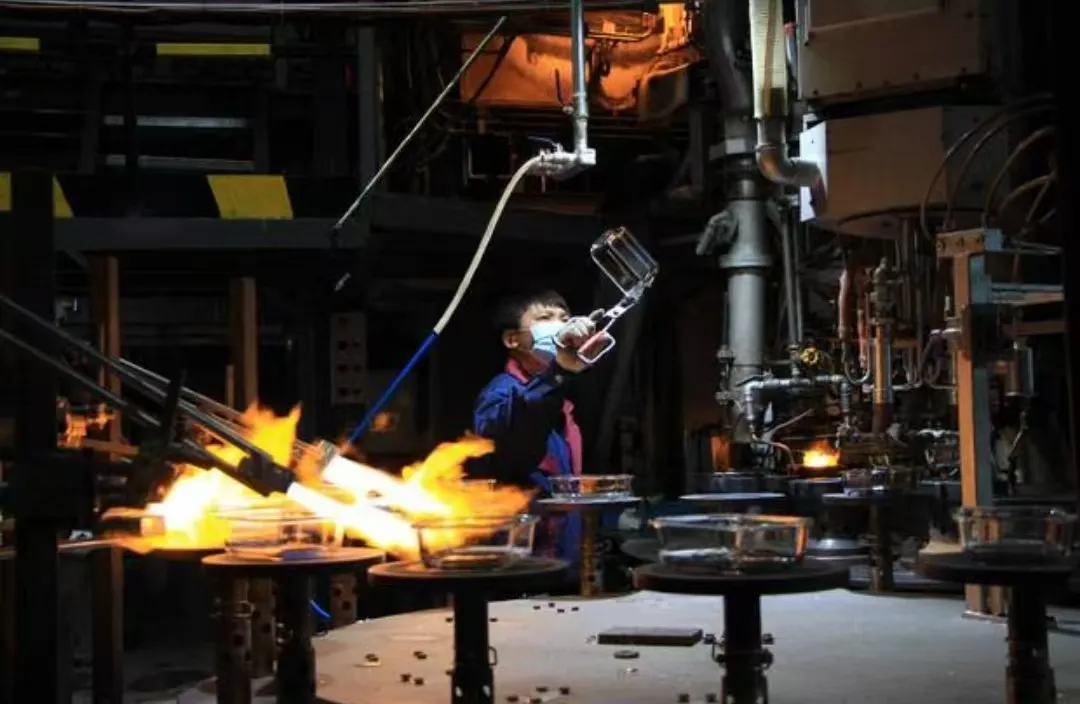Safety is paramount in the operation of natural gas regulators. Regulators are equipped with various safety features, including pressure relief valves that activate when pressure exceeds safe levels. Regular maintenance and inspection of regulators are essential to prevent failures that could lead to dangerous situations.








